The Transcontinental Railroad stands as one of the most ambitious engineering feats in American history, weaving together a nation once divided by vast, untamed lands. Behind its construction lies a tapestry of fascinating stories, from the struggles of immigrant workers to the bold visions of industrialists. These tales reveal the incredible determination and ingenuity that forged a rail link across the continent, transforming the United States forever.
The Race to the Promontory Summit
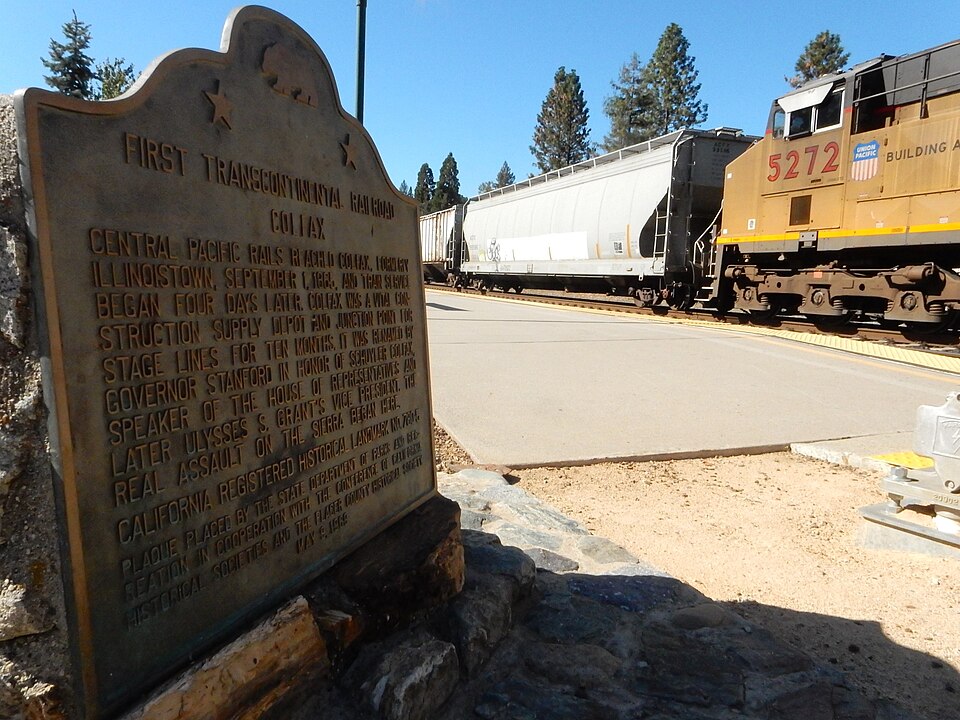
The race between the Union Pacific and Central Pacific railroads to meet at Promontory Summit, Utah, was intense. Both companies were incentivized by land grants and government bonds for every mile of track laid, leading to rapid and often reckless construction. The dramatic meeting at Promontory Summit on May 10, 1869, marked the completion of the railroad, symbolized by the driving of the Golden Spike, and forever changed transportation in America.
The Contributions of Chinese Laborers
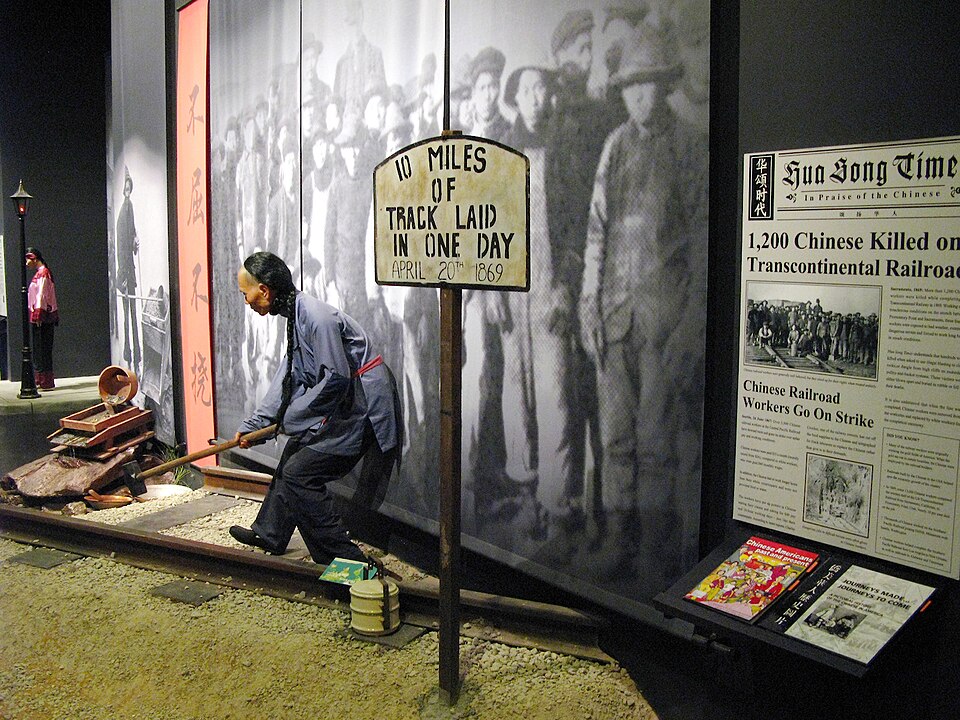
Over 10,000 Chinese immigrants were instrumental in constructing the Central Pacific Railroad, particularly in the rugged Sierra Nevada. Despite facing harsh working conditions, racism, and low pay, these workers displayed incredible resilience and skill. They accomplished feats such as blasting tunnels through solid granite and laying tracks over treacherous terrain, proving to be indispensable to the railroad’s completion.
The Role of the “Big Four”
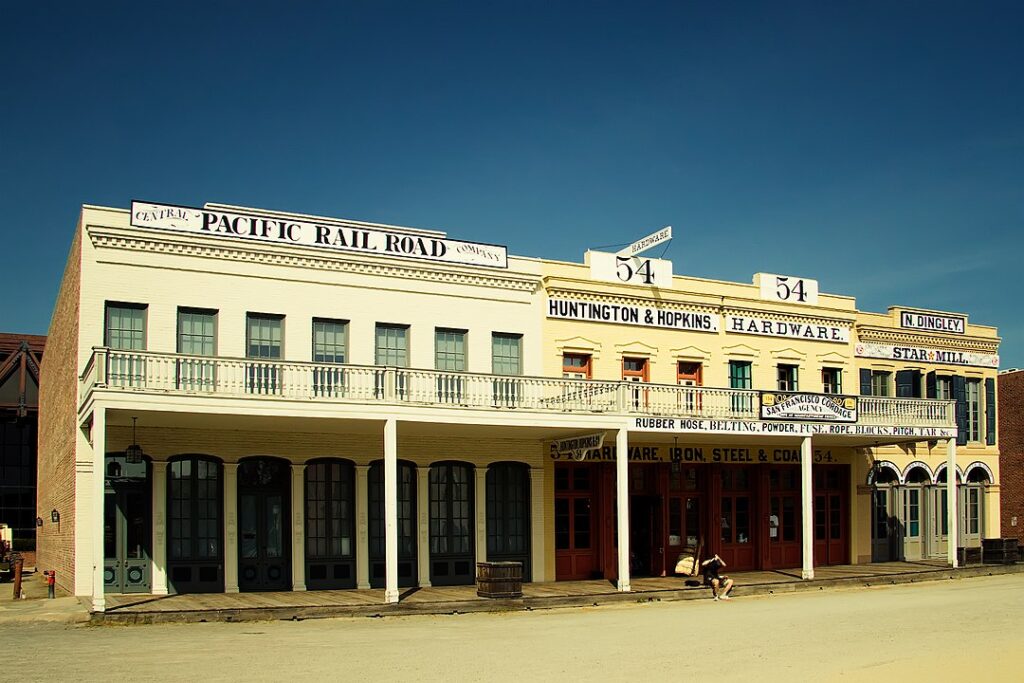
The “Big Four”—Leland Stanford, Collis Huntington, Mark Hopkins, and Charles Crocker—were the masterminds behind the Central Pacific Railroad. These ambitious businessmen navigated political and financial challenges to fund and build their portion of the Transcontinental Railroad. Their vision and determination, combined with a willingness to take risks, were key to the railroad’s success.
The Impact of the Pacific Railway Acts
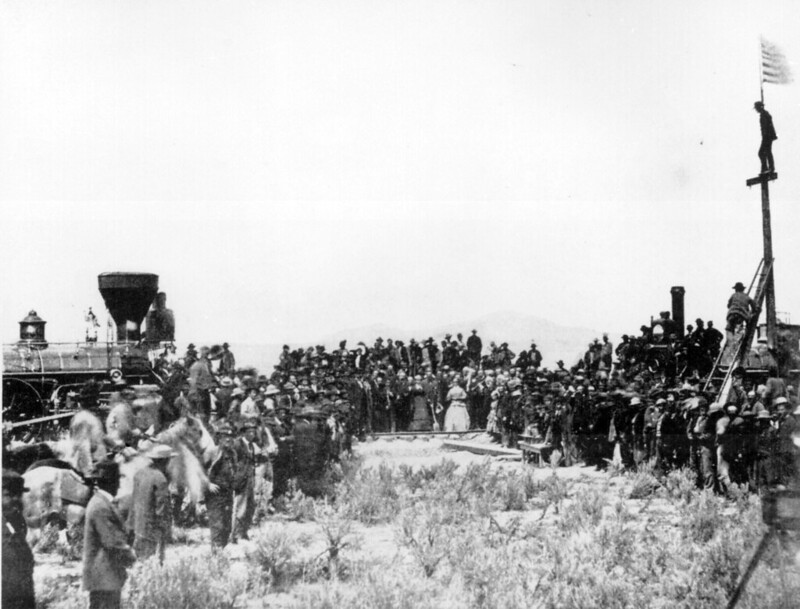
The Pacific Railway Acts of 1862 and 1864 provided the legislative framework that enabled the construction of the Transcontinental Railroad. These acts granted land and loans to the railroad companies, incentivizing rapid expansion. The legal and financial support from the federal government was crucial in overcoming the immense challenges of building a railroad across such vast distances.
The Engineering Marvel of the Sierra Nevada Tunnels
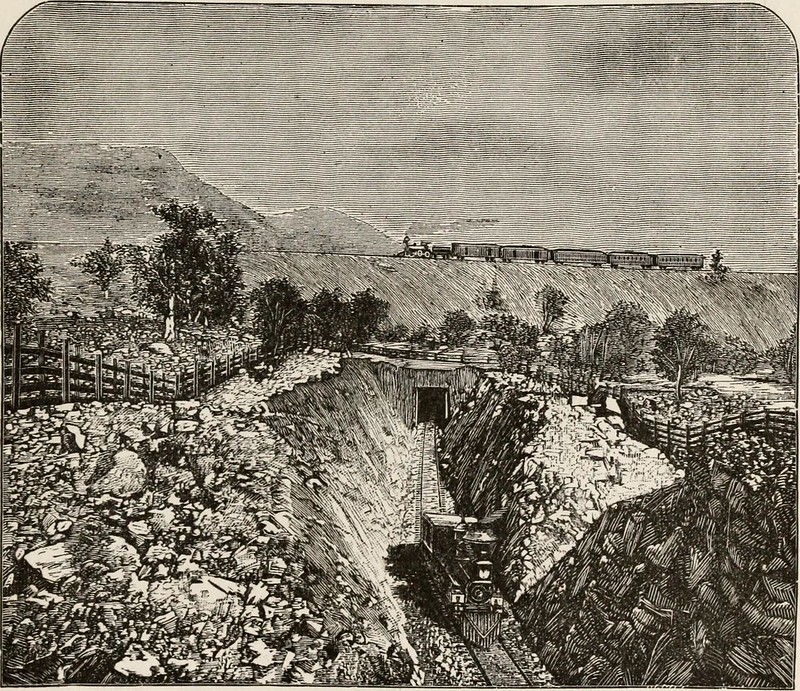
One of the greatest engineering challenges of the Transcontinental Railroad was tunneling through the Sierra Nevada mountains. Chinese laborers, using only hand tools and black powder, carved through solid granite to create tunnels like the Summit Tunnel. This engineering marvel required immense labor and ingenuity, marking a significant achievement in the railroad’s construction.
The Difficult Terrain of the Great Plains
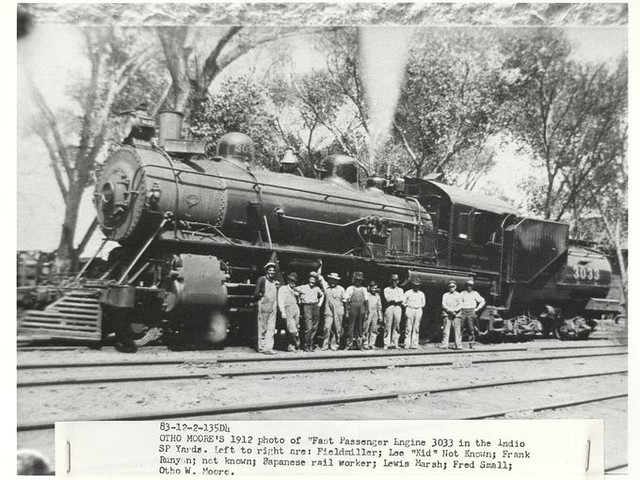
The Union Pacific Railroad faced its own set of challenges, particularly crossing the vast Great Plains. The region’s flat terrain seemed ideal, but it presented difficulties such as harsh weather, flooding, and the threat of attacks from Native American tribes. The construction of the railroad across the plains required careful planning and the mobilization of large workforces, often under dangerous conditions.
The Role of Native Americans
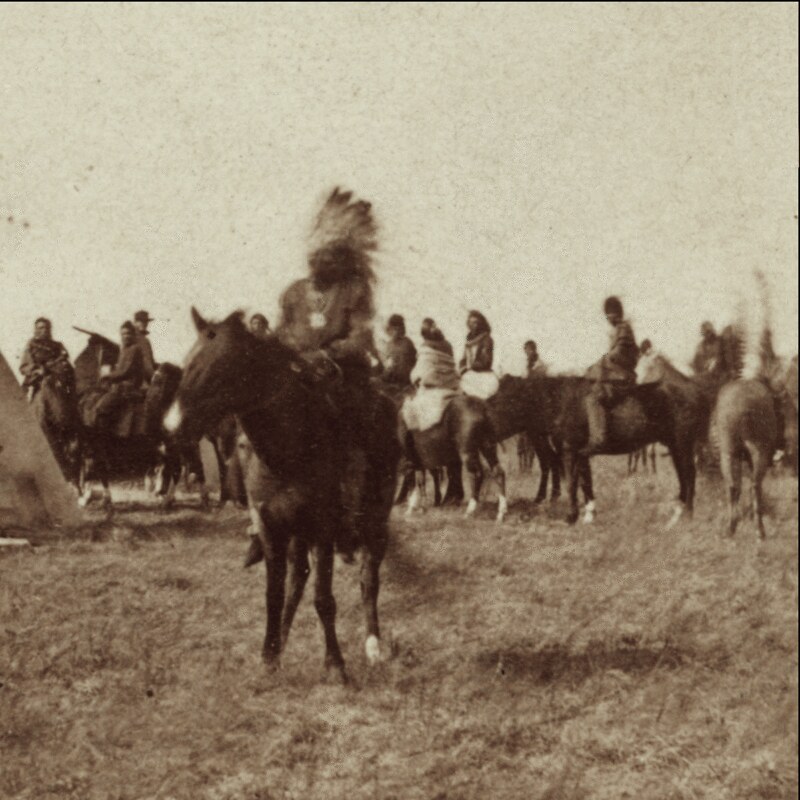
The construction of the Transcontinental Railroad had a profound impact on Native American tribes, whose lands were often forcibly taken or disrupted by the railroad’s path. Many tribes resisted this encroachment, leading to conflicts such as the 1867 Cheyenne War. The railroad played a significant role in the displacement of Native Americans and the opening of the West to settlers, altering the landscape and way of life for indigenous peoples.
The Hell on Wheels Towns

As the Union Pacific advanced westward, a series of temporary towns known as “Hell on Wheels” sprang up. These towns, which followed the construction crews, were notorious for their lawlessness, featuring saloons, gambling dens, and brothels. While they provided some amenities for workers, they also became centers of crime and vice, highlighting the rough-and-tumble nature of frontier life during the railroad’s construction.
The Golden Spike Ceremony
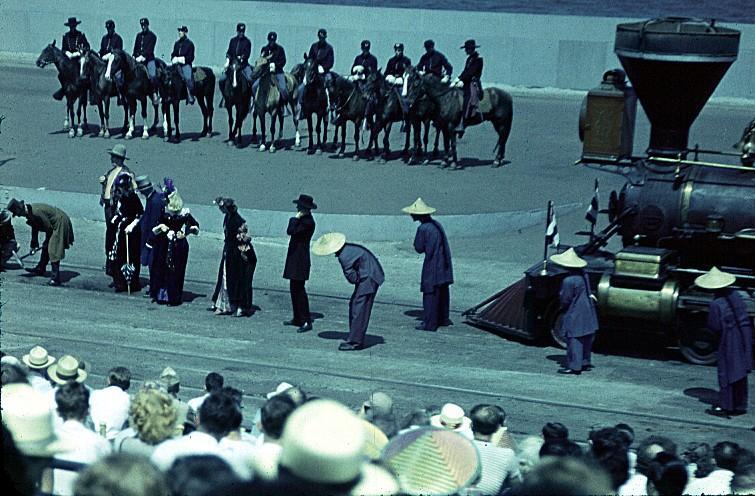
The Golden Spike ceremony on May 10, 1869, was a historic event that marked the completion of the Transcontinental Railroad. Held at Promontory Summit, Utah, the ceremony featured the driving of a ceremonial golden spike into the final tie, symbolizing the union of the Central Pacific and Union Pacific railroads. The event was a national celebration, symbolizing the unification of the country and the dawn of a new era in transportation.
The Financial Scandals of the Credit Mobilier
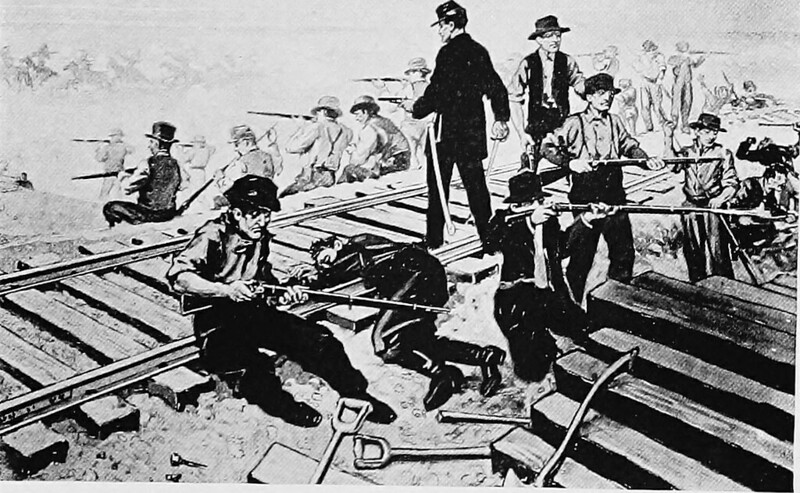
The construction of the Transcontinental Railroad was marred by financial scandals, most notably the Credit Mobilier scandal. Executives of the Union Pacific created the Credit Mobilier construction company and used it to embezzle funds, resulting in one of the biggest political scandals of the 19th century. The scandal revealed the corruption and greed that sometimes accompanied the railroad’s construction.
The Contribution of Irish Laborers
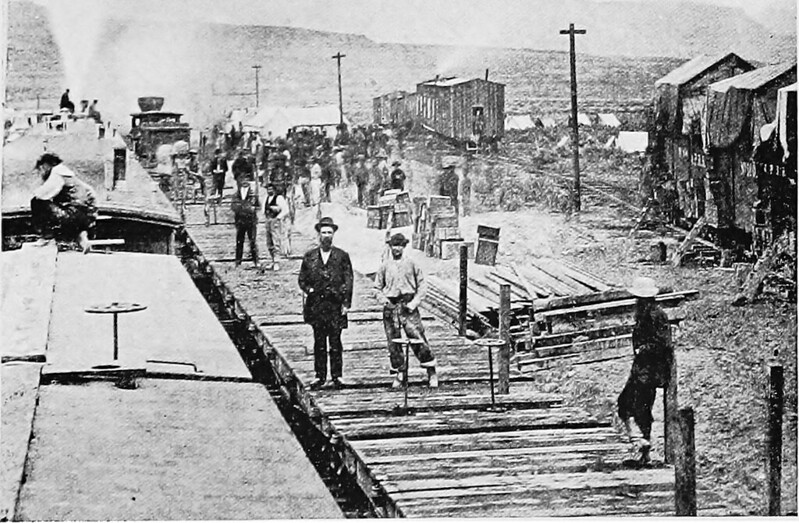
In addition to the Chinese workers, Irish immigrants played a significant role in building the Union Pacific Railroad. These laborers were responsible for laying track across the plains and through the Rocky Mountains. Like their Chinese counterparts, they endured harsh conditions and low wages, yet their work was crucial to the railroad’s completion, contributing to the diversity of the workforce.
The Role of the U.S. Military
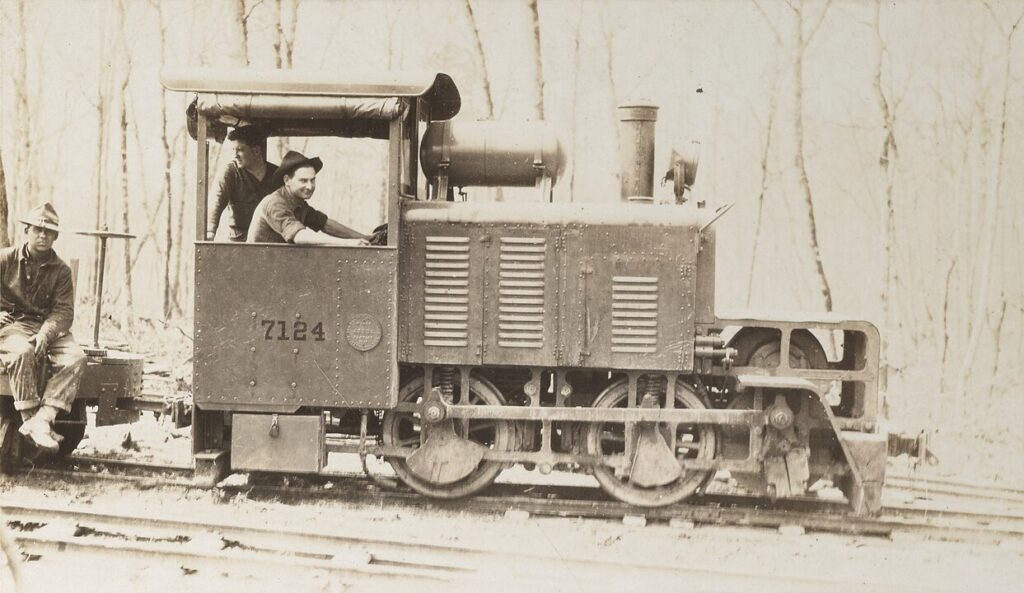
The U.S. military played a vital role in the construction of the Transcontinental Railroad by providing protection to the workers from potential Native American attacks. Forts were established along the route, and military escorts accompanied surveyors and construction crews. The military’s involvement ensured the railroad’s progress in the face of resistance and danger.
The Economic Impact on the West
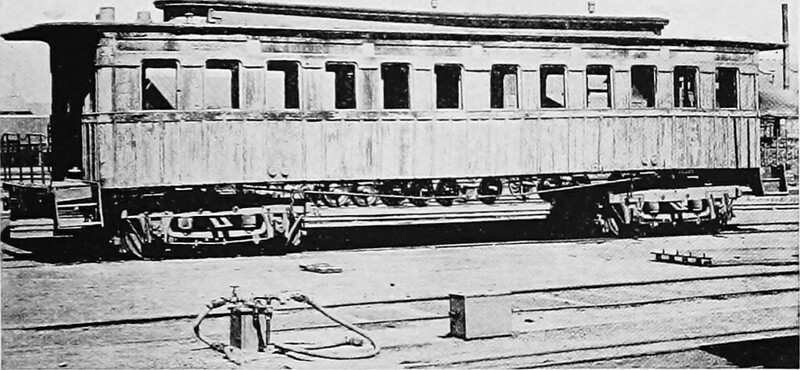
The completion of the Transcontinental Railroad had a transformative economic impact on the Western United States. It facilitated the rapid movement of goods, people, and resources, leading to the growth of towns and cities along the route. The railroad also opened up new markets for agricultural and mineral products, contributing to the economic development of the West and the nation as a whole.
The Technological Innovations
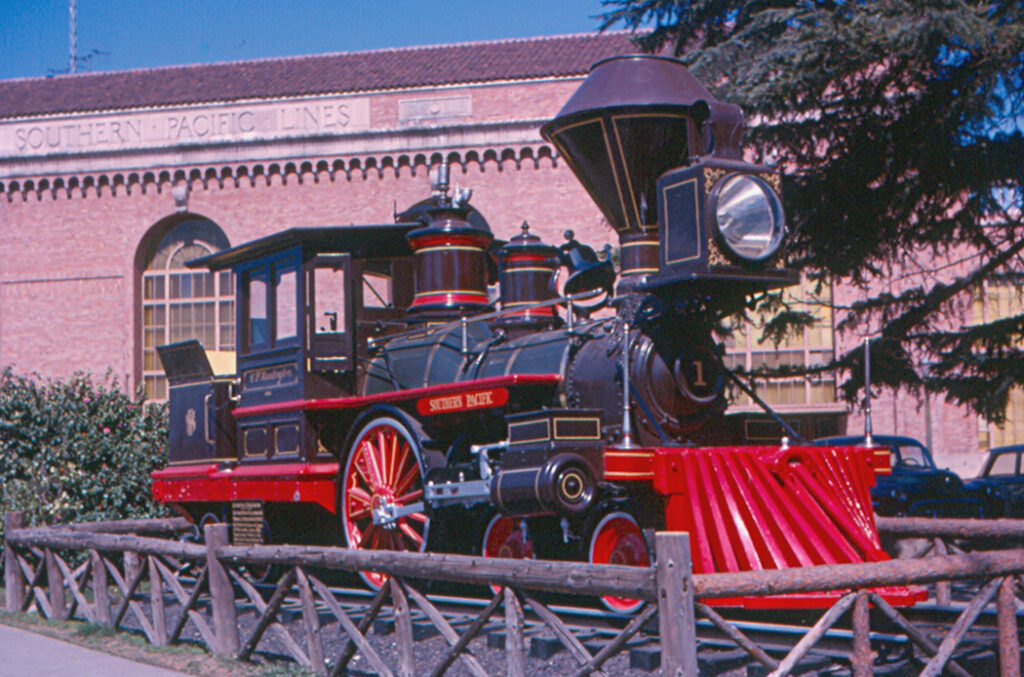
The construction of the Transcontinental Railroad spurred numerous technological innovations, including the development of new construction techniques and materials. For example, the use of nitroglycerin, a highly explosive compound, allowed workers to blast through rock more efficiently. These innovations not only accelerated the construction process but also set new standards for future infrastructure projects.
The Overland Mail Route
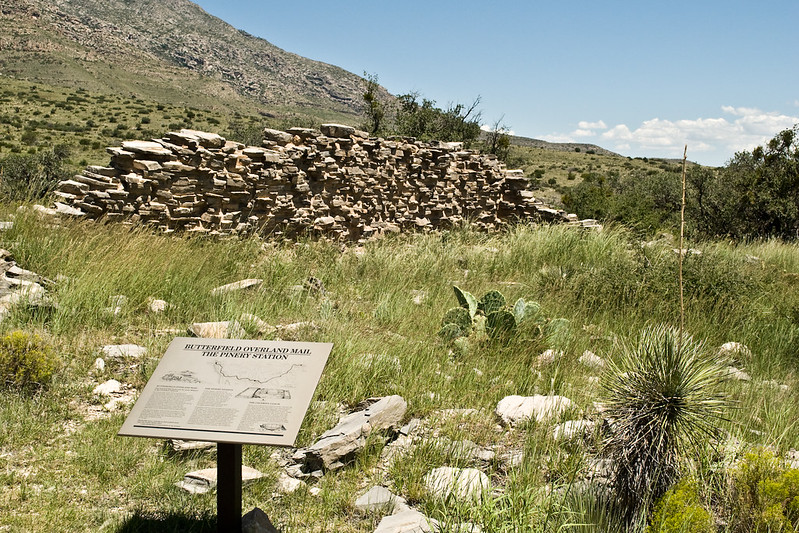
Before the Transcontinental Railroad, the Overland Mail Route was a critical means of communication across the United States. The railroad eventually replaced this slower and more dangerous method, but during its construction, the mail route provided a vital link between the East and West. The story of the Overland Mail Route highlights the challenges of communication before the advent of the railroad.
The Role of Brigham Young and the Mormons
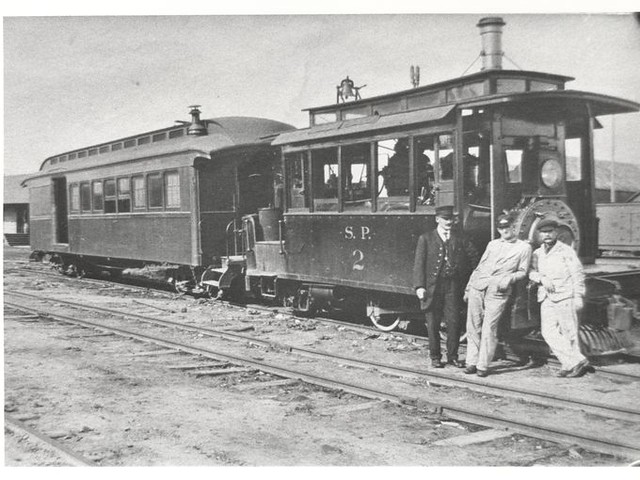
Brigham Young, the leader of the Mormon Church, played a significant role in the construction of the Transcontinental Railroad through Utah. The Mormons provided labor and supplies to the Central Pacific, and Young negotiated favorable terms for the railroad’s passage through Mormon territory. This cooperation was crucial in ensuring the railroad’s success in the region.
The Impact on Wildlife and the Environment
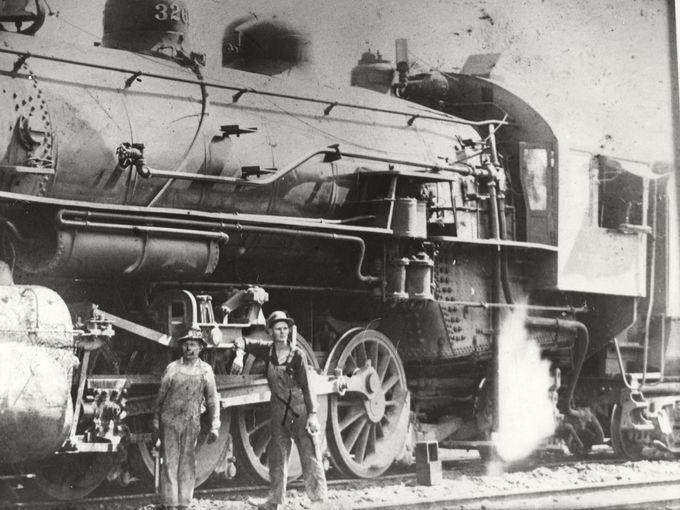
The construction of the Transcontinental Railroad had a significant impact on wildlife and the environment. Large herds of bison, which once roamed the Great Plains, were decimated as the railroad cut through their migratory routes. Additionally, the construction process led to deforestation, soil erosion, and the disruption of ecosystems, highlighting the environmental costs of progress.
The Role of Surveyors and Engineers
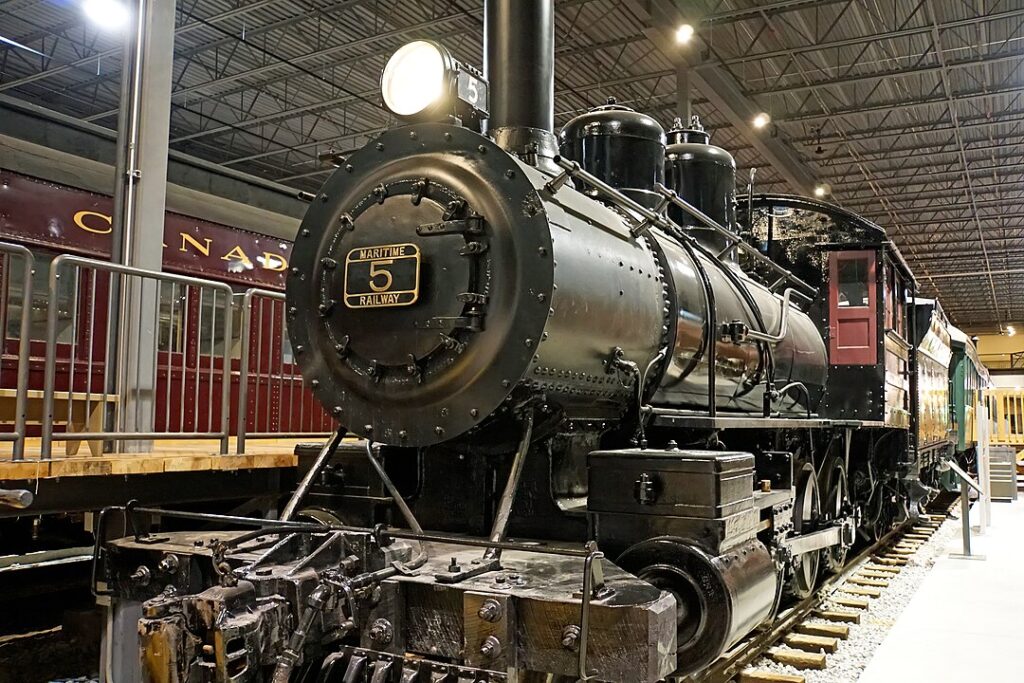
Surveyors and engineers were the unsung heroes of the Transcontinental Railroad. They faced the daunting task of mapping out the route across diverse and often hostile terrain. Their work required precision, innovation, and bravery, as they had to contend with everything from extreme weather to hostile encounters with wildlife and Native American tribes.
The Legacy of the Transcontinental Railroad
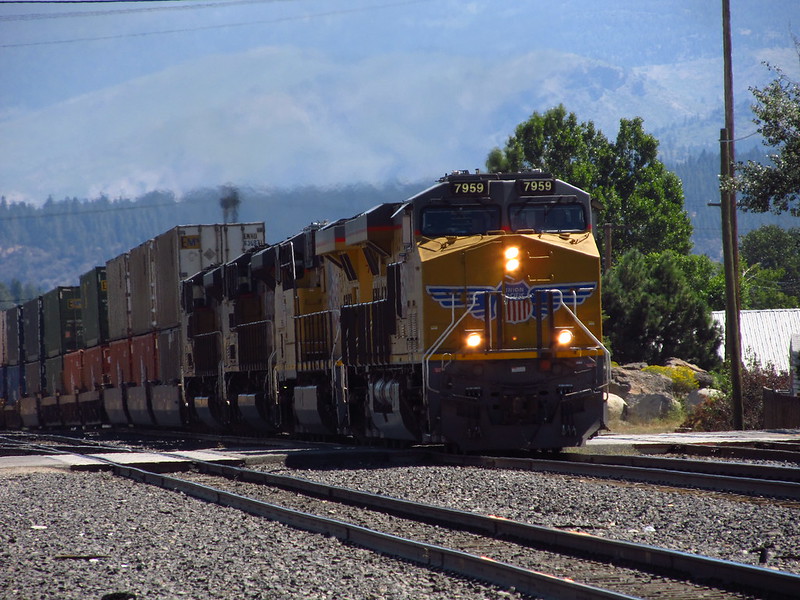
The legacy of the Transcontinental Railroad extends far beyond its immediate impact. It laid the foundation for the United States’ emergence as a global economic power by facilitating westward expansion and industrial growth. The railroad also symbolized the spirit of American ingenuity and determination, serving as a testament to what could be achieved through ambition and hard work.
The Myth and Reality of the “Iron Horse”
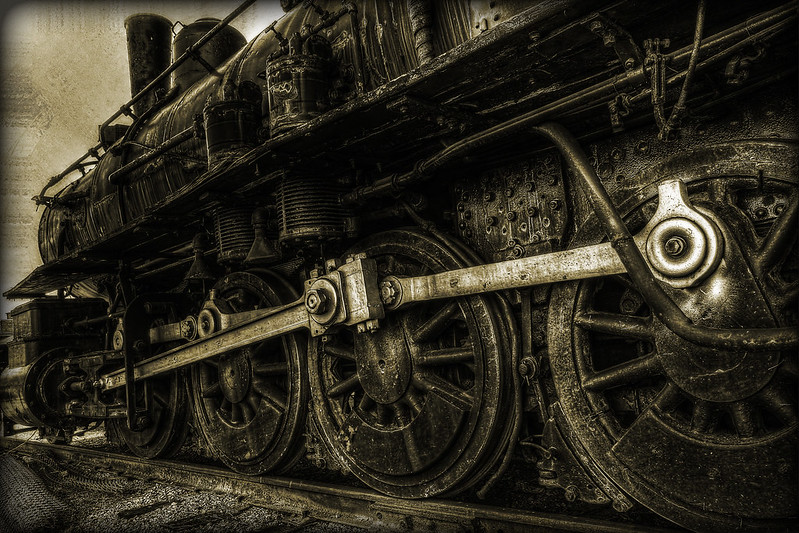
The “Iron Horse,” as the locomotive was often called, became a powerful symbol of progress and modernization. However, the reality of railroad construction was far less glamorous, involving backbreaking labor, significant loss of life, and profound environmental changes. The juxtaposition of the myth and reality of the Iron Horse captures the complex legacy of the Transcontinental Railroad and its place in American history.
This article originally appeared on UnifyCosmos.
More from UnifyCosmos
23 Warning Signs You’re Living Beyond Your Means

In this article, we’ll explore common indicators that you may be overspending and provide tips on how to get back on track. Read more!
23 Healthy Boundaries to Set for Better Mental Well-Being

Establishing clear limits can improve relationships and reduce stress. In this article, we explore practical boundaries that can enhance your mental health and overall happiness. Read more!
20 Money Mistakes Not to Make in Your First Year of Retirement

In this article, we highlight key pitfalls to steer clear of, helping you make the most of your hard-earned savings and enjoy a stress-free retirement. Read more!
Leave a Reply